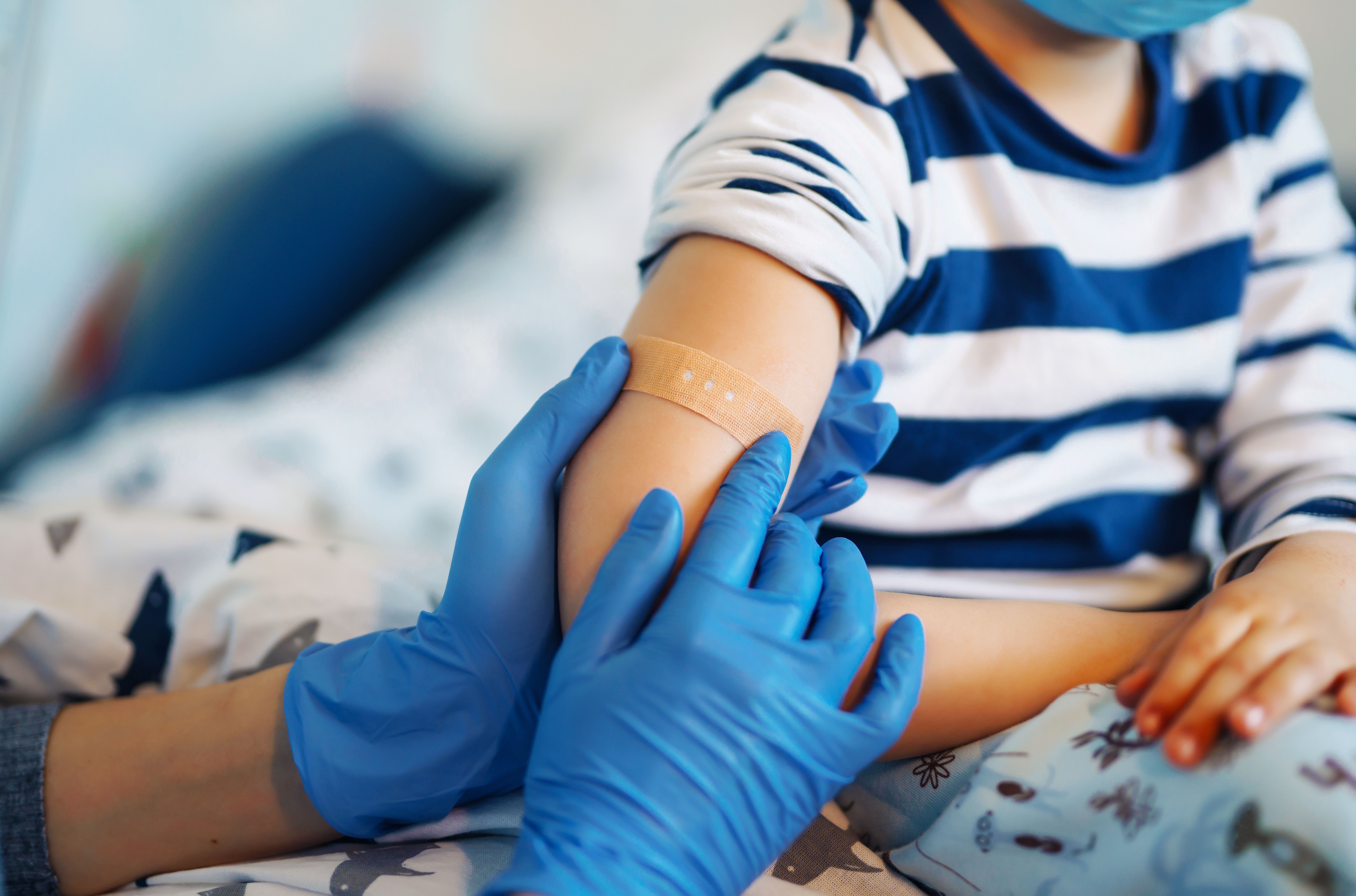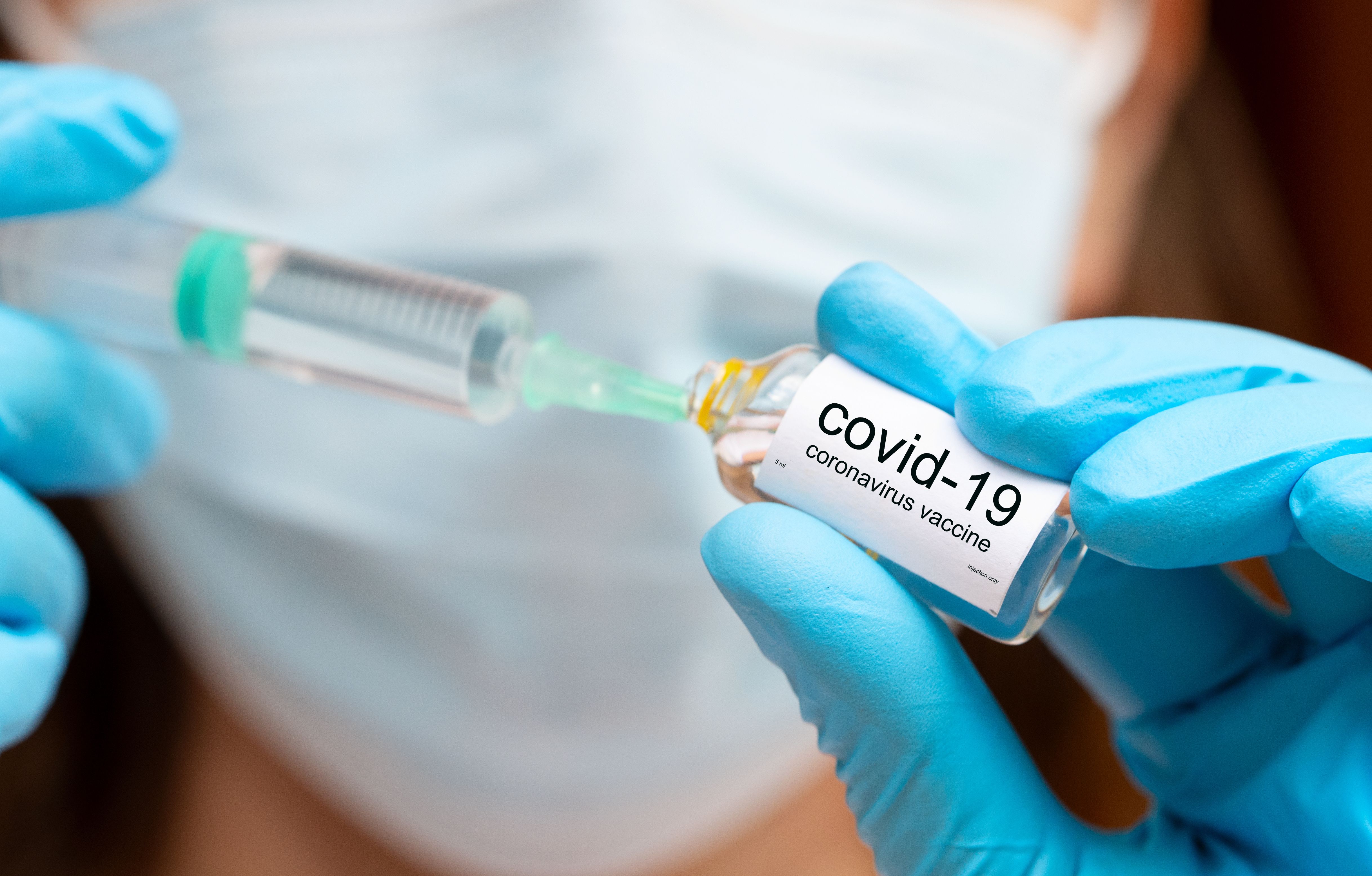News
Article
Quadrivalent Influenza Vaccines Provide Higher Immunogenicity Against B Lineage vs Trivalent
Author(s):
Overall, the study authors concluded that the immunogenicity of quadrivalent influenza vaccines (QIV) and trivalent inactivated influenza vaccines (TIV) was similar for common influenza ingredients for children ages 6 to 35 months.
This article was originally published on Contemporary Pediatrics®. It has been lightly edited.
According to a meta-analysis and systematic review supports the safety and immunogenicity of quadrivalent inactivated influenza vaccine (QIV) for children ages 6 to 35 months.
Routine annual influenza vaccination for all persons aged 6 months and older has been recommended by the CDC and the Advisory Committee on Immunization Practices (ACIP) since 2010.

A review of influenza vaccine trials in young children revealed efficacy was significantly reduced against influenza B strains of different lineage compared with that contained in the vaccine. Some vaccine manufacturers have developed QIVs to improve vaccine efficacy against influenza B, offering broader coverage compared to trivalent inactivated influenza vaccines (TIV).
According to the study, the WHO recommended 4 seasonal influenza viruses for seasonal vaccines, including B/Yamagata and B/Victoria strain, for the 2023 to 2024 influenza season for this age indication.
Previous studies concluded that QIV reduced the risk of influenza, and was found to be as immunogenic as TIV, but superior to the non-TIV-B lineage, in adults.
For children younger than 3 years, influenza vaccines have contained a half-dose of antigen (7.5 μg hemagglutinin per strain), reducing the risk of fever and febrile convulsions. New findings suggest that full-dose antigen (15 μg hemagglutinin per strain) can be used in these children without increased fever risk or other reactions.
To determine safety and immunogenicity of QIV compared with TIV and full-dose QIV compared with half-dose QIV in children aged 6 to 35 months, the investigators performed a systematic review and meta-analysis of randomized controlled trials (RCTs).
The primary objective of the review was to compare immunogenicity and adverse event rates after QIV and TIV injection, as well as injection of full-dose vs half-dose QIV, according to the authors.
In these groups, immunogenicity of A/H1N1, A/H3N2, B/Victoria, and B/Yamagata were evaluated based on the seroconversion rate (SCR) and seroprotection rate (SPR).
SCR was defined “as the percentage of participants with hemagglutination inhibition (HI) antibody titer less than 1:10 before vaccination (day 0) and greater or equal to 1:40 after vaccination (day 28), or greater than 1:10 before vaccination (day 0) and greater or equal to a 4-fold increase in antibody titer after vaccination (day 28).”
SPR was defined as the proportion of subjects that achieved seroprotection (HI antibody titer ≥1:40 on day 28).
To be included in the review, RCTs had to meet the following criteria. Studies had to include children aged 6 to 35 months, had to investigate QIV, had to compare QIV and TIV in children, reporting the immunogenicity or safety outcomes, or compare full-dose QIV vs half-dose QIV in children and report immunogenicity or safety outcomes.
After reviewing criteria for inclusion, 12 RCTs were featured in the systematic review. Overall, 14,688 children were placed in the final meta-analysis. Nine studies compared QIV with TIV in which 6722 children received QIV and 3575 received TIV.
The comparison of full-dose QIV with half-dose TIV was observed in 4 studies that featured 4249 participants who received full-dose QIV, 3722 who received half-dose QIV. In all studies, indicators measuring immunogenicity were consistent.
There were no significant differences observed for 3 common strains (2As and 1B of TIV lineage) between QIV and TIV, and significant heterogeneity was observed for immunogenicity outcomes in the meta-analysis, the authors stated.
For those vaccinated with QIV or TIV-B/Victoria, 3 studies reported SCRs for A/H1N1 and A/H3N2. Five studies reported SCRs for B/Victoria and 4 reported for B/Yamagata. The pooled risk ratio (RR) was 2.25 (95% CI, 1.48-3.43; P=.0002).
QIV demonstrated a significantly higher SCR for Victoria lineage compared to TIV-B/Yamagata, with a pooled RR of 3.40 (95% CI, 2.10-5.53; P<.00001). SPRs were reported for A/H1N1, A/H3N2 in 3 studies that featured participants vaccine with QIV or TIV-B/Victoria. QIV had a significantly higher SPR for the Yamagata lineage compared to TIV-B/Victoria. Pooled risk ratio (RR) was 1.60 (95% CI, 1.15-2.23; P=.005).
Four studies were included for the immunogenicity outcome that compared full-dose QIV and half-dose QIV, and no significant differences were observed for H1N1 and H3N2 strains. SCRs were reported in 4 studies for A/H1N1, AH3N2, B/Victoria, and B/Yamagata.
While no significant differences in SCR were observed for A/H1N1 and A/H3N2, full-dose QIV had significantly higher SCR for B/Victoria and B/Yamagata lineages. The pooled RR was 1.10 (95% CI, 1.01-1.20; P=.02).
Full-dose QIV also had a significantly higher SPR for Victoria lineage with a RR of 1.10 (95% CI, 1.03-1.17; P=.006).
Occurrence of solicited systemic reactions, unsolicited adverse reactions, and serious adverse reactions was “not significantly different between QIV and pooled TIV,” wrote the authors of the study. The most frequently reported solicited local event was injection site pain. No significant differences were reported for QIV in systemic adverse events such as drowsiness, headache, or myalgia compared to TIV. Fever had a low incidence in QIV and TIV groups.
Occurrence of solicited systemic reactions, unsolicited adverse reactions, and serious adverse reactions were not significantly different between full-dose QIV and half-dose QIV, and significant differences in headache, irritability, and other systemic reactions between these groups were not significantly different.
Full-dose QIV had a higher incidence of solicited injection site reaction, pain, and fever, with pooled RRs of 1.09 (95% CI, 1.00-1.18; P=.04), 1.08 (95% CI, 1.01-1.15; P=.03) and 1.17 (95% CI, 1.04-1.32; P=.01), respectively.
In children aged 6 to 35 months, the meta-analysis demonstrated QIV produces better immunogenicity against influenza B vaccine strains that are not contained in TIV but increased the risk of reaction at vaccination site.
Compared with half-dose QIV, full-dose QIV produces better immunogenicity against influenza B vaccine strains, but also increases the risk of reaction at vaccination site. Fever and injection site pain were “more frequently” reported for full-dose QIV compared with half-dose.
Overall, the study authors concluded that the immunogenicity of QIV and TIV was similar for common influenza ingredients for children aged 6 to 35 months, however, QIV had a significantly higher immunogenicity against unique B lineage compared to TIV.
Reference
Wei X, Tan X, Guan Q, Zhang R, Lei S, Wei S. Immunogenicity and safety of quadrivalent inactivated influenza vaccine in children aged 6 to 35 months: A systematic review and meta-analysis. Human Vaccines & Immunotherapeutics. 2023;19(2):2256510. doi:10.1080/21645515.2023.2256510





